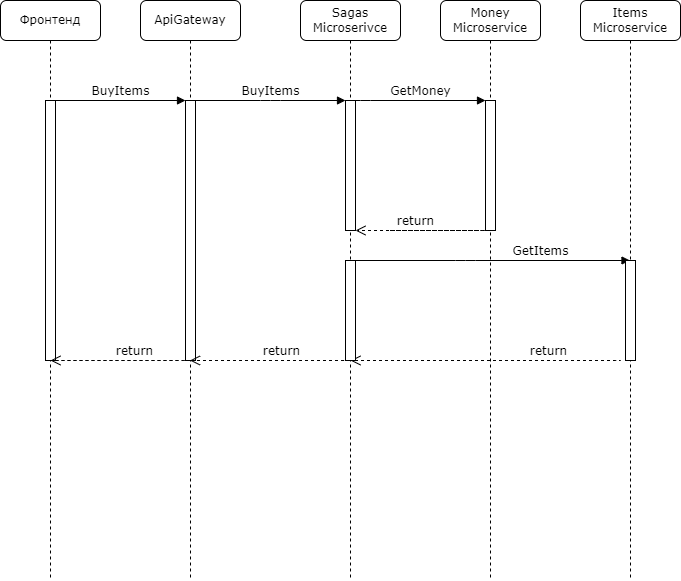transition from craftsmanship to technology
Geniuses of strategy
There are people among us who are master strategists. They can delve into any area, understand its entire model, and then create a strategy for the next step of development from scratch.
The only problem is that the techniques these geniuses use to create strategies are their personal methods. They are inextricably linked to the particular thinking, culture, experience, and so on that are inherent to a specific person. That is, these techniques are inseparable from the carrier – without him, they do not work.
Craftsmen
History always repeats itself, especially when it comes to methods: just as genius strategists work today, artisans used to work in the past.
For example, take those who made shoes. There were guilds of shoemakers, and the knowledge of their craft was kept within the community or even within specific individuals. There was no public instruction by which anyone from the outside could make themselves a good enough shoe.
There are significant disadvantages to handicrafts:
The quantity of shoes that the craftsmen produced was limited by the number of craftsmen, meaning that they were the “bottleneck” in production.
If something happened to the unfortunate master, all his shoe-making tricks went with him.
Although the master's shoes were good, it was impossible to provide them to everyone. As a result, the price of such shoes was very high, and availability was low.
Technologicalization of production
Over time, all crafts begin to technologize their production. That is, they analyze their activities, identify common patterns and working techniques, and then describe all this in the format of publicly available technologies.
After the creation of a technology in which the secrets of the craft are described in mechanisms and rules, all the shortcomings of craftsmanship disappear: now it is possible to produce a lot of products at low prices and production does not depend on a specific person. That is, the creation of shoes is put on an industrial conveyor, it becomes cheaper and becomes available to everyone.
Of course, there is still a demand for craftsmen who can make magnificent and expensive shoes individually for you. Such craftsmen have their own customers, but the vast majority of people have enough good and inexpensive shoes from the store for a comfortable life.
Craftsmen Strategists
A similar story is now happening with strategic planning.
There are talented people who create great strategies. They can do it from scratch, without any special methods. As with other craftsmen, they have the following problems:
The number of strategies they can make per unit of time is limited by the number of strategists themselves.
If something happens to the unfortunate genius, all his strategy-making tricks will go with him.
Although his strategies are good, it is physically impossible to provide this service to everyone. As a result, the cost of creating such a strategy is very high, and its availability is low.
To get an idea of the scale to which strategist-craftsmen need to be stretched, look at statistics on small and medium enterprises in Russia: 6 million organizations employing 15 million people. How many brilliant strategists do you need to produce for each company to hold a strategy session at least once a year?
Strategy Technology
Hypothesis Map is designed to transfer the creation of strategic plans to an “industrial conveyor belt.” The key part of the method is a universal notation for recording strategy, which is suitable for designing the next step of development in any activity. It is already being used for personal strategiesV mentoringto describe the strategy of a startup or product, they even use at the country level.

The good thing about this method is that author exists separately, and the mechanisms by which strategies are created exist separately. And the most important thing is that these mechanisms studied and described in detailIn this case, it becomes possible to take the “instructions” (book, knowledge base, articles, video tutorials) and create a fairly high-quality strategy for yourself.
Since this expands the bottleneck that was the strategist-craftsman, it makes it possible to bring many people to the level of meanings and begin to work on a large scale with more complex cognitive tasks.
The vast majority of people who use the Hypothesis Map do not need a personal expert-craftsman in stratplanning – they do it themselves, according to the instructions. And large enterprises and the state can be helped by trained methodologists-facilitators. At the same time, the training program is continuous, that is, there are no restrictions on the scale.
Single point of knowledge accumulation
Thanks to the mass character and the flow of feedback, it is possible to improve the mechanics of strategizing much faster by updating only one method. It is as if everyone chipped in to one piggy bank, so that later the results of common efforts could be applied. Updates to the method can be used by anyone who wants to.
It turns out that the feedback loop and learning of strategy happens much faster than when it is done individually by expert craftsmen.
Revolution in technology
The revolution in strategy is happening right now. I see people using the Hypothesis Map for all areas of their lives, from their personal and family life to describing franchises and large-scale changes at the country level.
At the same time, individual artisan strategists are, of course, still needed for boutique work. It is obviously impossible to describe strategically high-risk and huge tasks to a random person. But the mass creation of strategies, which required tools such as the Hypothesis Map, has now become possible.
Materials:
Podcast about the Hypothesis Map. Issue #3




